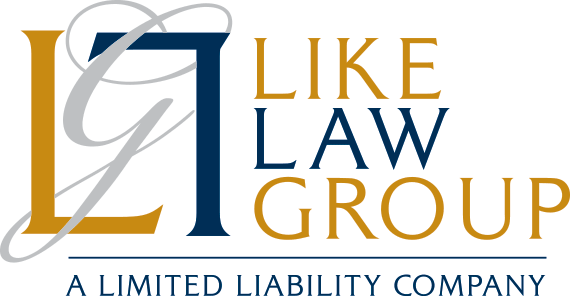When it comes to federal taxes, most people are very aware of the federal income tax because, if they earn a paycheck, they cannot help but notice the deductions each pay period. But there are lesser-known taxes such as the capital gains tax (a form of income tax), the estate tax, the gift tax, and the generation-skipping transfer tax, which is perhaps the least-known tax scheme.
What is the generation-skipping transfer tax?
The generation-skipping transfer (GST) tax is a federal tax on an individual’s transfer of property to a person at least two generations below the individual. Generally, GST tax applies to gifts made by an individual to grandchildren or descendants of the grandchildren. Gifts made by an individual to unrelated persons other than the individual’s spouse can also trigger GST tax. The types of recipients who would trigger GST tax are commonly known as “skip persons.” The GST tax is imposed whether the transfer occurs as a gift during the grandparent’s lifetime or at the grandparent’s death through inheritance by will or trust.
Congress first introduced the GST tax in the mid-1970s to close a loophole that allowed wealthy individuals to evade inheritance taxes by transferring property directly to grandchildren and skipping the grandchildren’s parents, which avoided estate taxes at the first generation.
While the GST tax follows the gift and estate tax lifetime exemption limits, the GST tax is a separate tax that applies alongside and in addition to any gift and estate taxes.
When does it apply?
The GST tax typically applies when the amount that is transferred to skip persons (persons thirty-seven-and-a-half years younger than the transferor) is greater than the transferor’s lifetime GST tax exemption, which is $12.06 million in 2022. All lifetime gifts as well as transfers made at death by will or trust are counted against the exemption amount. For example, if you give $100,000 to each of your five grandchildren in 2022, then $500,000 is counted against your lifetime exemption of $12.06 million. If total transfers (during life and at death) to grandchildren exceed the exemption amount, a flat 40 percent tax is assessed on the overage.
There is an exception to the GST tax if your child predeceases you. The transfer of property to a grandchild where the grandchild’s parent has already passed away does not result in the imposition of the GST tax. Since transfers from a parent to child are not considered generation-skipping, the grandchild essentially steps into the shoes of the predeceased child (their parent).
The GST tax does not apply to tuition or medical care payments made directly to an institution (e.g., a school or doctor, hospital, etc.). For example, a grandparent can pay for a grandchild’s college tuition without worrying about GST tax as long as the payment is made directly to the school.
Things to Consider
While most people will not have to deal with GST tax issues at present because the value of the property transferred is not greater than $12.06 million, it is important to be somewhat familiar with the GST tax and when it applies because, under current law, the GST tax exemption amount is set to revert to $5 million (adjusted for inflation) in 2026. Likewise, proposals to lower the exemption amount are introduced regularly. Thus, the GST tax exemption amount could change at any time, so if you are considering transferring property to grandchildren, you should be aware of the GST tax.
Another thing to keep in mind is that, although married couples have essentially double the exemption amount, the GST tax exemption is use it or lose it. Unlike with the estate tax, where the first spouse’s unused exemption amount can be used by the surviving spouse, any unused GST tax exemption amount is lost at the first spouse’s death.
The careful reader of this short explanation of the GST tax may well have even more questions. Suffice it to say that this topic can be very challenging. Few tax advisors or attorneys are familiar with the complexities surrounding the GST tax. That is why it is crucial for you to seek experienced legal and tax counsel if you own property sufficient to trigger the GST tax that you intend to pass on to future generations. Doing so will ensure that you make the most of the tax rules and related GST tax planning strategies available to advisors today. And because these rules can and do change regularly, you should revisit multigenerational planning with your advisors on a regular basis. Contact us today.





